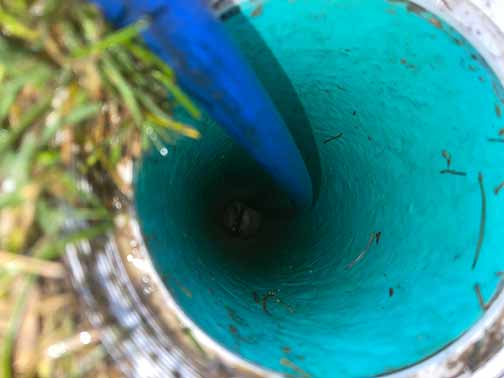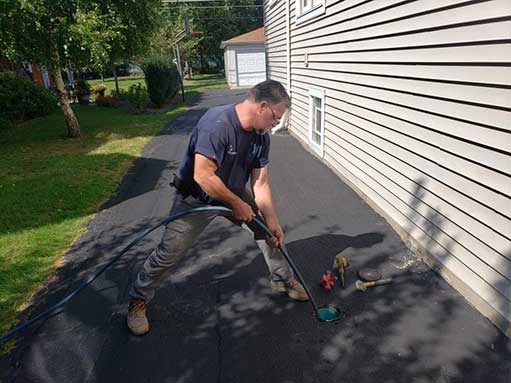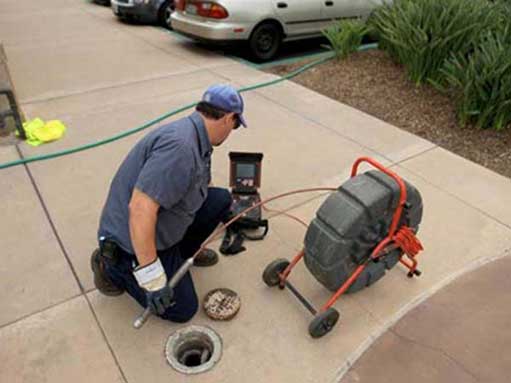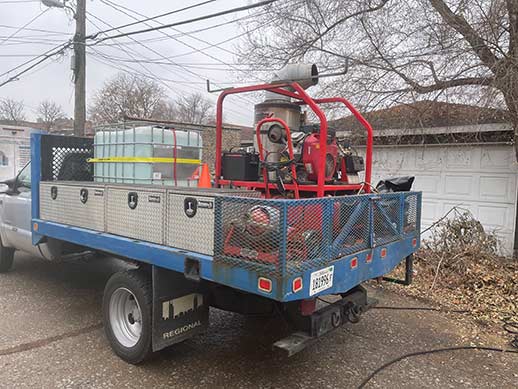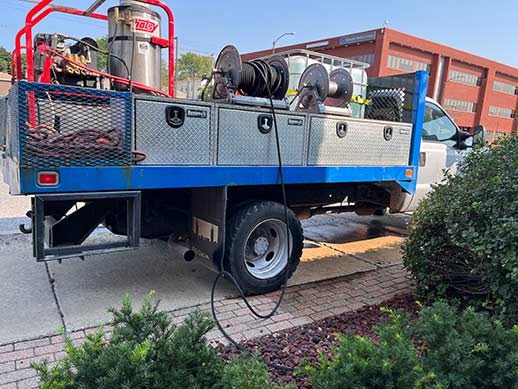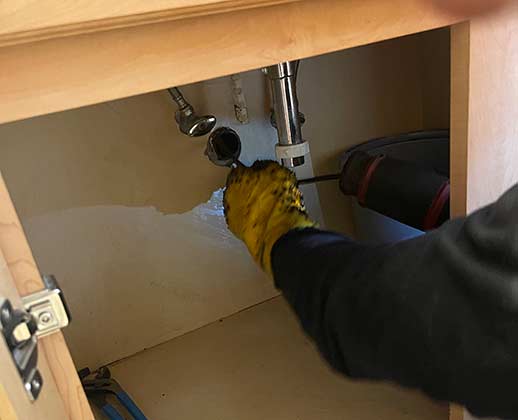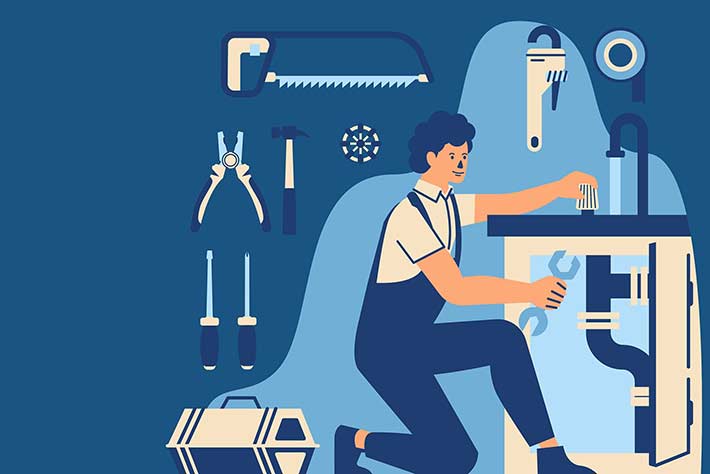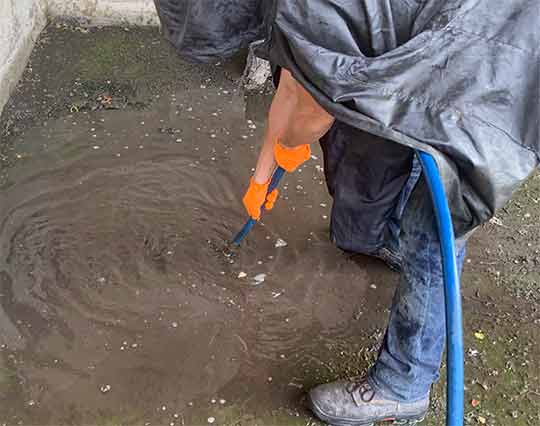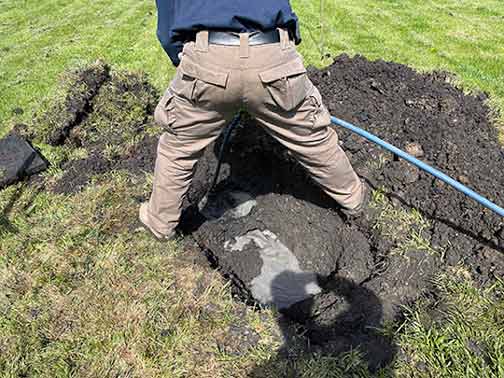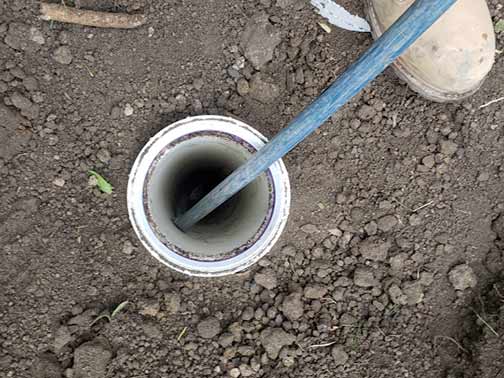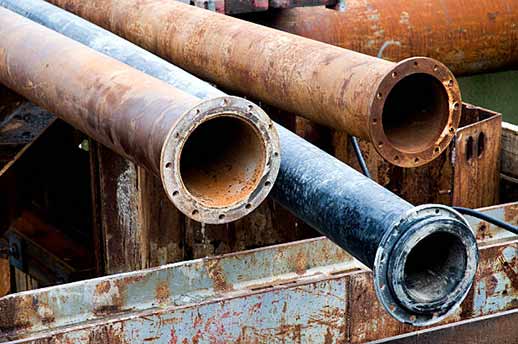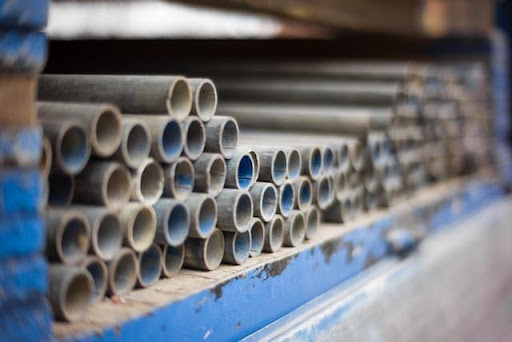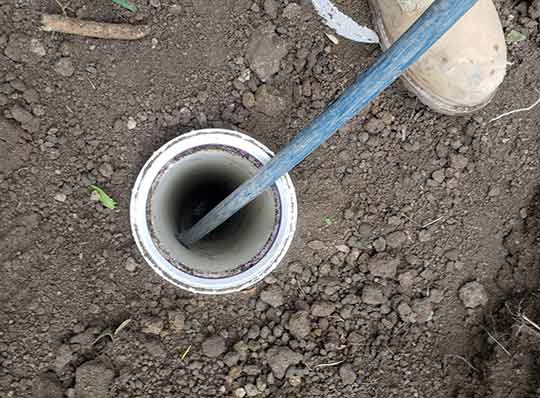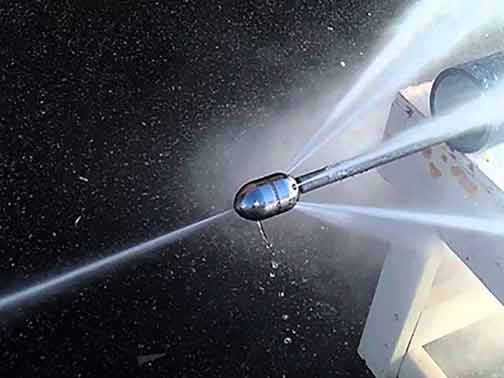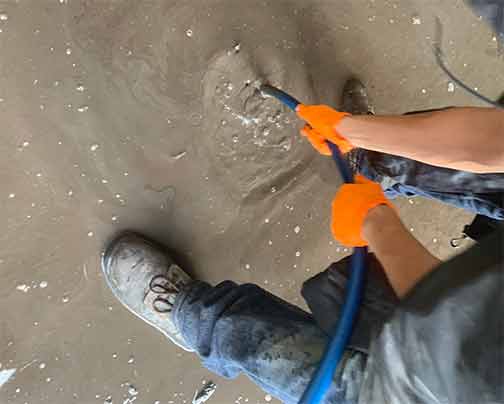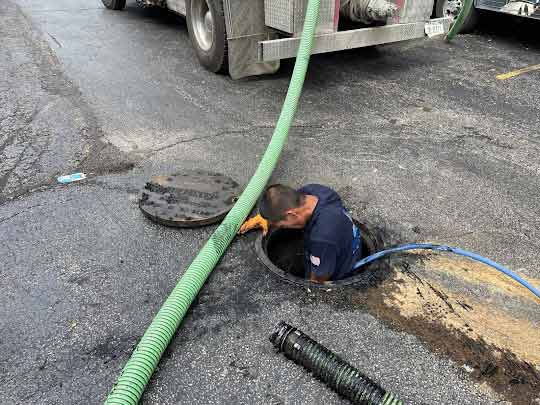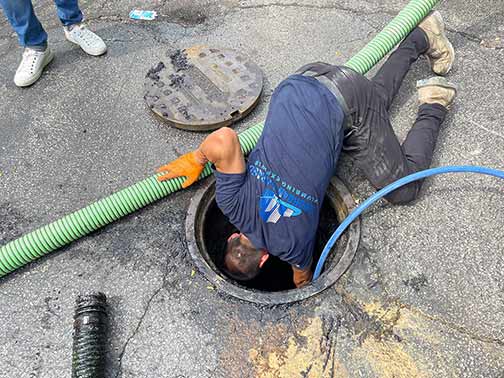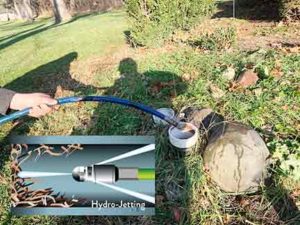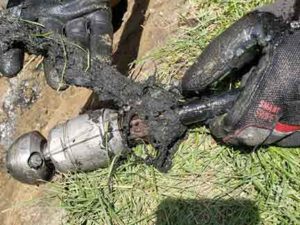The Importance of Regular Hydro Jetting
Hydro jetting is a highly effective method used to clear blocked drains and pipes. It involves using a high-pressure water jet to remove debris, grease, and other build-ups that can cause clogs and hinder the flow of water. By regularly having your drains hydro jetted professionally, you can ensure the smooth operation of your plumbing system and prevent costly repairs in the future. But how often should hydro jetting be performed? Below we will explore this question and provide some valuable insights.
The Factors to Consider
The frequency of hydro jetting depends on several factors, including the age of your plumbing system, the type of pipes you have, and the amount of usage your drains receive. Let’s take a closer look at each of these factors:
Age of your plumbing system
If your plumbing system is relatively new, it may not require hydro jetting as frequently as an older system. Newer pipes are less prone to build-ups and clogs, as they are often made from more durable materials that resist corrosion and scaling. However, it is still important to periodically inspect your pipes and perform a jetting to maintain their optimal condition.
Type of pipes
The material and type of pipes you have in your plumbing system can also influence the frequency of hydro jetting. For example, older properties often have galvanized iron pipes, which are more susceptible to rusting and corrosion. These pipes may require more frequent hydro jetting to remove scale and build-ups. On the other hand, if you have newer PVC or copper pipes, they are less likely to develop clogs and may require jetting less often.
Amount of drain usage
The frequency at which your drains are used also plays a role in determining how often hydro jetting should be performed. If you have a busy household with multiple occupants, your drains are likely to accumulate more debris and build-ups. This increased usage can lead to more frequent clogs and blockages, making regular hydro jetting necessary.
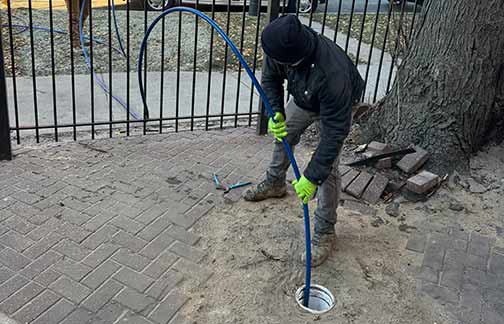
The frequency of hydro jetting depends on several factors, including the age of your plumbing system, the type of pipes you have, and the amount of usage your drains receive.
Schedule for Hydro Jetting
Based on the factors mentioned above, it is generally recommended to have your drains hydro jetted once every 1 to 2 years. This regular maintenance schedule can help prevent major clogs and maintain the efficiency of your plumbing system. However, it is important to note that some situations may require more frequent jetting. Here are a few scenarios where you may need to consider scheduling jetting sooner:
Recurring clogs
If you frequently experience clogs in your drains, even after attempting to clear them using conventional methods like sewer rodding service, it may be a sign that hydro jetting is needed. Recurring clogs could indicate a more significant blockage deeper within the pipes that requires the forceful cleaning power of hydro jetting.
Foul odors
If you notice foul odors coming from your drains, it could be a sign of organic matter or debris buildup. Hydro jetting can effectively remove these substances and eliminate the unpleasant odors associated with clogged drains.
Slow drainage
If you notice that water takes longer to drain from your sinks, showers, or tubs, it may indicate a partial blockage in the pipes. Regular jetting can help clear any obstructions and restore the normal flow of water.
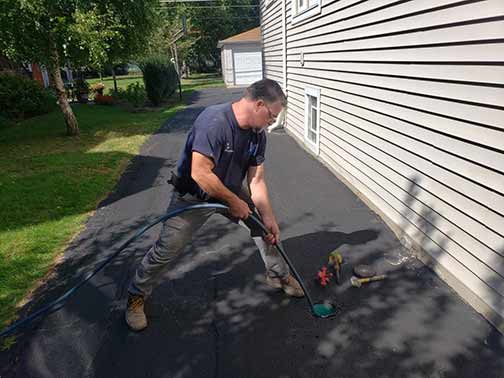
Hydro jetting effectively clears away any blockages and debris that restrict the flow of water in your plumbing system.
The Benefits of Regular Hydro Jetting
Now that we have discussed how often jetting should be performed, let’s explore the benefits it offers:
Efficient removal of blockages
Hydro jetting is an incredibly effective method for removing stubborn blockages. The high-pressure water jet can break apart clogs and flush away debris, ensuring your drains flow smoothly.
Prevention of future clogs
By regularly having your drains and sewer line jetted, you can proactively prevent future clogs from occurring. The powerful water jet not only removes existing build-ups but also clears away any potential obstructions, keeping your plumbing system running smoothly.
Extended lifespan of pipes
Regular maintenance, including hydro jetting, can help extend the lifespan of your pipes. By removing scale, debris, and corrosive substances, you can prevent damage and deterioration, saving you from expensive pipe repairs or replacements.
Improved water flow
Hydro jetting effectively clears away any blockages and debris that restrict the flow of water in your plumbing system. The result is improved water flow, allowing you to enjoy a satisfying shower or a fast-draining sink.
To Sum it Up
Hydro jetting is a valuable maintenance technique that keeps your drains and pipes in optimal condition. The frequency of jetting depends on various factors, including the age of your plumbing system, the type of pipes you have, and the amount of usage your drains receive. In general, it is recommended to perform a jetting once every 1 to 2 years, but certain situations may require more frequent cleaning. By scheduling regular hydro jetting, you can prevent major clogs, maintain efficient water flow, and extend the lifespan of your pipes. So, don’t wait until your drains become fully clogged – take proactive measures to keep your plumbing system running smoothly!
